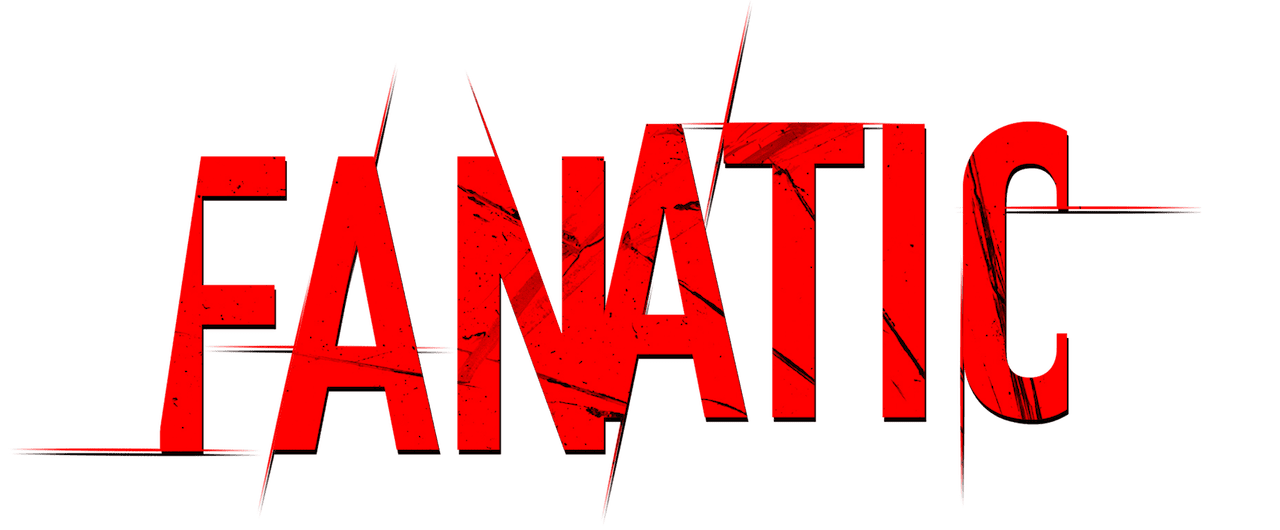
On occasion, especially in English-language content, you may find the NSFW tag relating to content that is linked to or can be viewed when downloading a file. But what do these acronyms mean?
The NSFW content warning avoids potentially uncomfortable situations by displaying inappropriate content on a screen in an inappropriate privacy setting
NSFW stands for Non Suitable For Workwhich literally means “not suitable for work”, although there are also those who argue that the letter S comes from the word Safe, so the translation would be “not safe for work”. Basically, the warning invites the same caution: be careful when opening this content in case there is someone nearby looking at the device’s screen.
In short, this is a warning prior to downloading or opening content that, if it arrives by email or is viewed on the Internet, could put the employee who displays it on his or her workstation monitor in trouble if at that moment a boss, co-worker or customer happens to see it.
Very commonly the NSFW label is associated with adult-oriented content because of its sexual content, but in reality and in a broad way the NSFW label when referring to a content orients on the graphic in a general sense. That is, it can also be violent or unpleasant content, images capable of hurting the viewer’s sensitivity or displeasing.
Originally it was added in the first Internet forums and chatswhen the connection speed was very low and downloading an image was not as immediate as it is today, to warn those who connected from a public place (mostly at work, hence the W) that opening the image could put them in an uncomfortable situation if they were surrounded by co-workers, customers or supervisors.
Content of a pornographic nature has always been the most trafficked content on the Internet, hence the long-standing association with the NSFW label, but behind this warning there may be very graphic images of violence or even offensive content. In recent times, and to add a layer of caution, in cases where the sharer is not entirely sure about the categorization of the content, warning labels of the type of:
-PNSFW: Possible not suitable/safe for work (possibly unsuitable/safe to view at work)
-LSFW: Less suitable/safe for work (less suitable/safe for work viewing)
Meanwhile, and in the absence of such labels, search engines such as Google themselves develop their own tools to detect when content is adult content so that their algorithms are able to restrict (when the user so configures) adult content.

